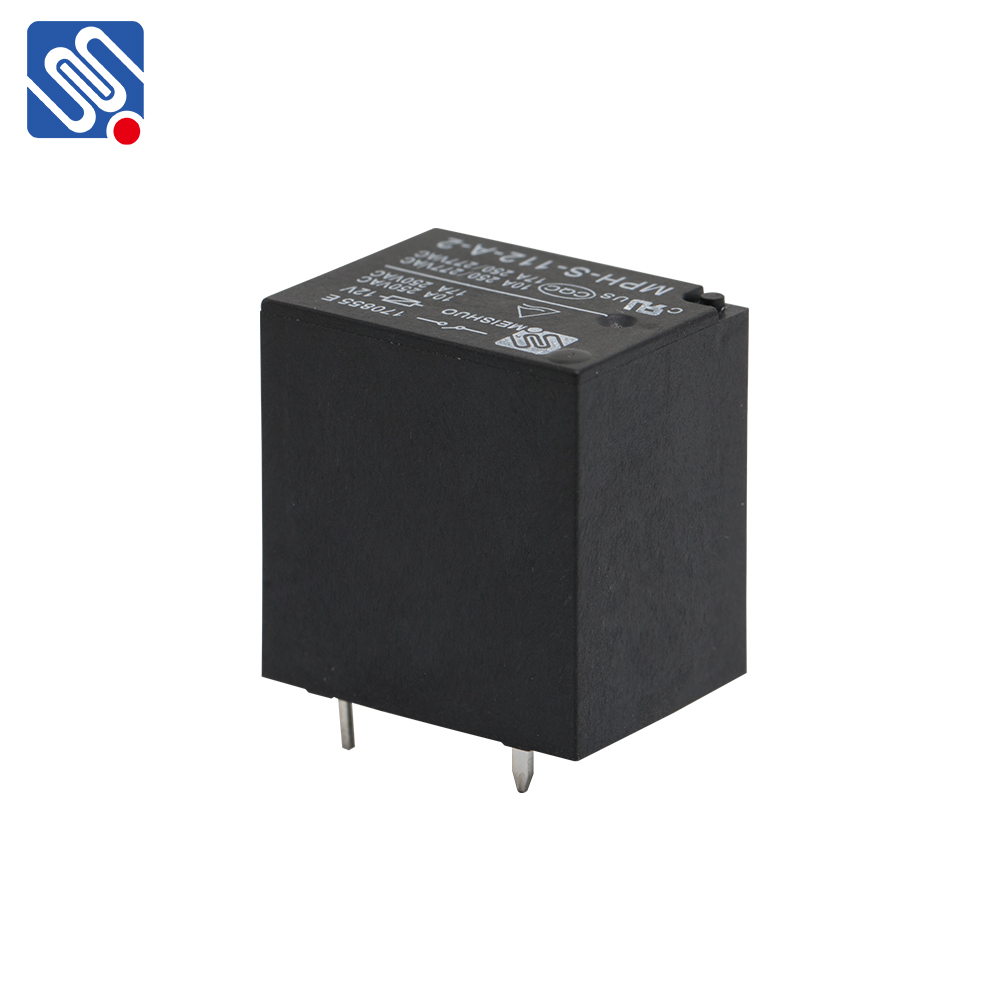Relay systems play a vital role in various industries, ranging from electrical engineering to telecommunications and data networking. These devices are responsible for receiving signals, transmitting data, or switching electrical circuits. Understanding relay specifications is crucial for selecting the right relay for a given application, ensuring its proper functionality, and meeting specific performance requirements. This article will explore the essential elements of relay specifications, providing insights into the factors that influence their design and performance.

Electrical Relays: Key Specifications In the realm of electrical engineering, relays are commonly used for switching circuits on or off. The first and most critical specification for any relay is its rated voltage and current. These ratings define the maximum voltage and current that the relay can safely handle without damaging its internal components. For example, a relay might be specified for 12V or 24V DC circuits with a maximum current of 10A. These ratings ensure that the relay can operate within its design limits, providing reliable performance in the field. Another important specification is the contact configuration, which refers to how the relay’s internal switches are set up. The two primary contact configurations are Normally Open (NO) and Normally Closed (NC). In NO relays, the contacts remain open under normal conditions and close when activated. In NC relays, the contacts remain closed under normal conditions and open when activated. Understanding the contact configuration is vital for ensuring the relay can perform the intended switching operation in a circuit.
Leave a Reply
You must be logged in to post a comment.